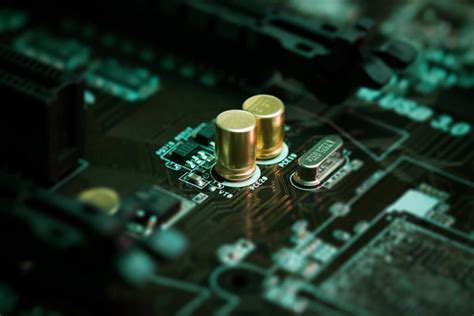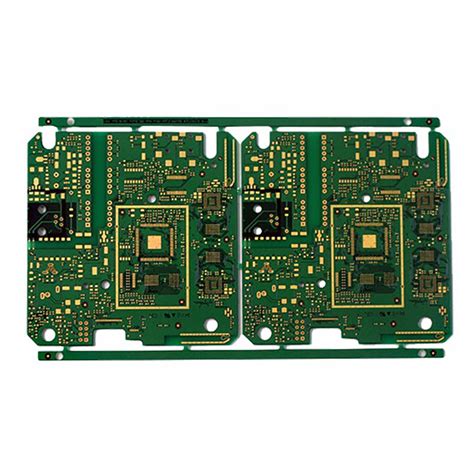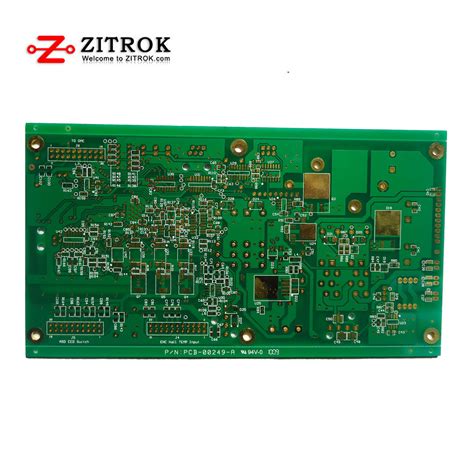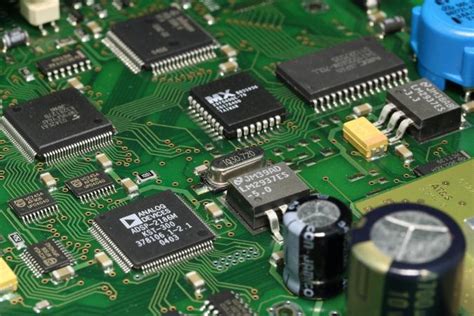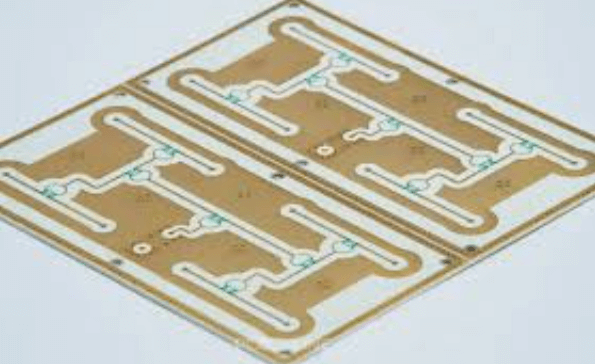LED Aluminum PCB: A Comprehensive Guide
Introduction
Light Emitting Diodes (LEDs) have revolutionized the lighting industry with their energy efficiency, long lifespan, and versatility. One of the critical components that enable LEDs to perform optimally is the Printed Circuit Board (PCB) on which they are mounted. Among the various types of PCBs used in LED applications, Aluminum PCBs have gained significant popularity due to their excellent thermal management properties. This article delves into the intricacies of LED Aluminum PCBs, exploring their structure, benefits, applications, and manufacturing process.
What is an LED Aluminum PCB?
An LED Aluminum PCB is a type of metal-core printed circuit board specifically designed for LED applications. Unlike traditional PCBs that use fiberglass or other non-conductive materials as the base, Aluminum PCBs use a metal substrate, typically aluminum, to provide superior heat dissipation. This is crucial for LED applications, as excessive heat can significantly reduce the lifespan and performance of LEDs.
Structure of an LED Aluminum PCB
An LED Aluminum PCB typically consists of three main layers:
- Base Layer (Aluminum Substrate): The base layer is made of aluminum, which provides mechanical strength and excellent thermal conductivity. This layer is responsible for dissipating heat away from the LED components, ensuring they operate within their optimal temperature range.
- Dielectric Layer (Thermal Insulation Layer): The dielectric layer is a thin, thermally conductive but electrically insulating material that separates the aluminum substrate from the circuit layer. This layer ensures that the electrical components are insulated from the metal base while allowing heat to pass through efficiently.
- Circuit Layer (Copper Layer): The circuit layer is made of copper, which is etched to form the electrical pathways that connect the LED components. The thickness of the copper layer can vary depending on the current requirements of the LED application.
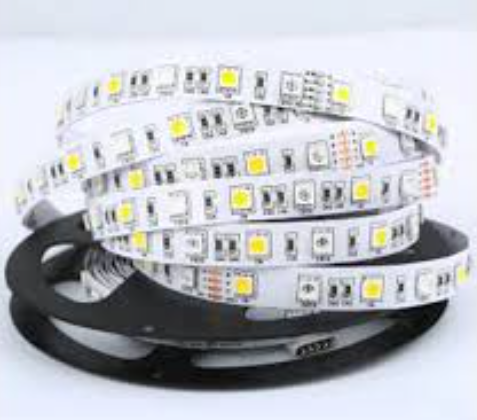
Benefits of LED Aluminum PCBs
1. Superior Thermal Management
One of the most significant advantages of LED Aluminum PCBs is their ability to manage heat effectively. LEDs generate heat during operation, and if this heat is not dissipated efficiently, it can lead to reduced performance, color shifting, and a shorter lifespan. The aluminum substrate in these PCBs acts as a heat sink, drawing heat away from the LEDs and dissipating it into the surrounding environment. This ensures that the LEDs operate at optimal temperatures, maintaining their performance and longevity.
2. Enhanced Durability
Aluminum is a robust and durable material, making LED Aluminum PCBs more resistant to physical damage compared to traditional fiberglass PCBs. This durability is particularly beneficial in applications where the PCB may be subjected to mechanical stress or harsh environmental conditions.
3. Lightweight Design
Despite their durability, Aluminum PCBs are relatively lightweight. This is advantageous in applications where weight is a concern, such as in automotive or aerospace lighting systems.
4. Improved Electrical Performance
The thermal management properties of Aluminum PCBs also contribute to improved electrical performance. By maintaining lower operating temperatures, these PCBs reduce the risk of thermal runaway and ensure stable electrical performance over time.
5. Cost-Effectiveness
While the initial cost of Aluminum PCBs may be higher than traditional PCBs, their long-term benefits often outweigh the initial investment. The extended lifespan of LEDs, reduced maintenance costs, and improved performance make Aluminum PCBs a cost-effective solution for many applications.
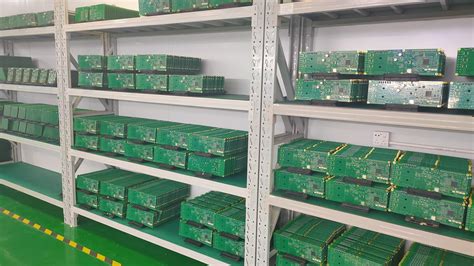
Applications of LED Aluminum PCBs
LED Aluminum PCBs are used in a wide range of applications where efficient thermal management and durability are essential. Some of the most common applications include:
1. LED Lighting
LED Aluminum PCBs are extensively used in various lighting applications, including:
- General Lighting: Residential, commercial, and industrial lighting fixtures.
- Street Lighting: High-power LED streetlights that require efficient heat dissipation.
- Automotive Lighting: Headlights, tail lights, and interior lighting in vehicles.
- Decorative Lighting: LED strips and modules used in architectural and decorative lighting.
2. Power Supplies
LED Aluminum PCBs are also used in power supply units, where efficient heat dissipation is crucial for maintaining the performance and reliability of the components.
3. Consumer Electronics
In consumer electronics, LED Aluminum PCBs are used in devices such as:
- Televisions: Backlighting for LCD and LED TVs.
- Computers: LED indicators and backlighting for keyboards and displays.
- Smartphones: Flash modules and indicator lights.
4. Medical Devices
LED Aluminum PCBs are used in medical lighting equipment, such as surgical lights and diagnostic devices, where reliability and performance are critical.
5. Industrial Equipment
In industrial settings, LED Aluminum PCBs are used in machinery and equipment that require robust and reliable lighting solutions.
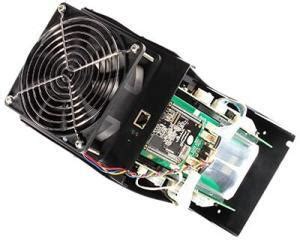
Manufacturing Process of LED Aluminum PCBs
The manufacturing process of LED Aluminum PCBs involves several steps, each of which is crucial to ensuring the final product’s quality and performance. The key steps in the manufacturing process are as follows:
1. Material Selection
The first step in manufacturing an LED Aluminum PCB is selecting the appropriate materials. The aluminum substrate, dielectric layer, and copper layer must be chosen based on the specific requirements of the LED application, such as thermal conductivity, electrical insulation, and current-carrying capacity.
2. Circuit Design
The circuit design is created using computer-aided design (CAD) software. The design includes the layout of the electrical pathways, the placement of LED components, and the location of vias and connectors. The design must be optimized for thermal management, ensuring that heat is efficiently dissipated from the LEDs.
3. Printing the Circuit
The circuit design is then printed onto the copper layer using a process called photolithography. A photoresist material is applied to the copper layer, and the circuit pattern is exposed to UV light through a photomask. The exposed areas of the photoresist are then chemically removed, leaving behind the circuit pattern.
4. Etching
The copper layer is etched to remove the unwanted copper, leaving only the circuit pattern. This is typically done using a chemical etching process, where the exposed copper is dissolved in an etching solution.
5. Drilling
Holes are drilled into the PCB to accommodate vias, connectors, and mounting hardware. The drilling process must be precise to ensure that the holes are correctly aligned with the circuit pattern.
6. Applying the Dielectric Layer
The dielectric layer is applied to the aluminum substrate. This layer must be carefully applied to ensure that it is uniform and free of defects, as any imperfections can affect the thermal and electrical performance of the PCB.
7. Laminating the Layers
The copper layer, dielectric layer, and aluminum substrate are laminated together under high pressure and temperature. This process bonds the layers together, creating a single, cohesive PCB.
8. Surface Finishing
The surface of the PCB is finished to protect the copper circuit and improve solderability. Common surface finishes include HASL (Hot Air Solder Leveling), ENIG (Electroless Nickel Immersion Gold), and OSP (Organic Solderability Preservative).
9. Testing and Quality Control
The finished PCB undergoes rigorous testing to ensure that it meets the required specifications. This includes electrical testing to verify the integrity of the circuit, thermal testing to assess heat dissipation, and visual inspection to check for defects.
10. Assembly
Finally, the LED components are mounted onto the PCB using surface-mount technology (SMT) or through-hole technology (THT). The assembled PCB is then tested again to ensure that all components are functioning correctly.
Conclusion
LED Aluminum PCBs have become an indispensable component in modern LED lighting systems, offering superior thermal management, durability, and performance. Their ability to efficiently dissipate heat ensures that LEDs operate at optimal temperatures, extending their lifespan and maintaining their performance. With applications ranging from general lighting to medical devices, LED Aluminum PCBs are a versatile and cost-effective solution for a wide range of industries.
As the demand for energy-efficient and high-performance lighting continues to grow, the importance of LED Aluminum PCBs is likely to increase. Advances in materials and manufacturing processes will further enhance the capabilities of these PCBs, enabling even more innovative and efficient LED lighting solutions in the future. Whether you are designing a new LED lighting system or looking to improve the performance of an existing one, LED Aluminum PCBs offer a reliable and effective solution that can meet the demands of even the most challenging applications.

